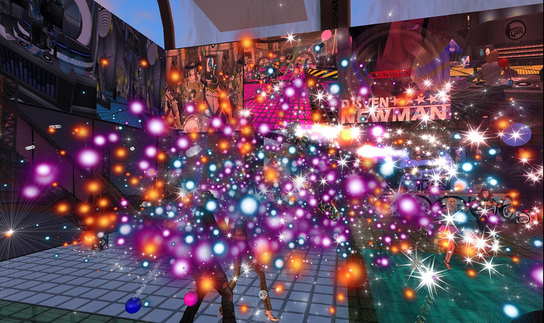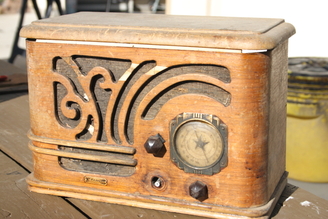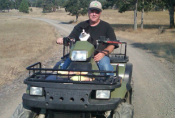Things had been going well. We had tested all the resistors and determined only one needed to be replaced. (It read more than 20% out of tolerance on the volt meter.)
We had only to replace the resistor, replace the filter caps and add a new line cord. That sounded fairly simple. Oh, what I didn’t know.
Could it have been an omen? The first thing I did- drop my pencil on the cement shop floor. The lead broke. “Where’s the pencil sharpener?” Russ didn’t look up, but rather over his glasses as he continued to push wires around. He tilted his head to the side.
I glanced where he had indicated. There sat a heavy-looking, circular contraption with what appeared to be a scrub brush attached to it. “Huh?” Didn’t look like any pencil sharpener I’d ever seen. He slowly tore himself away from the radio and came over.
“I’ll do it.” He flipped a switch; a loud whirring sound begins, a circular motion starts; he presses the pencil blade against the moving blade. “There.” He hands it back to me. Well when in Rome. Guess that’s how pencils get sharpened in man’s caves.
The thought occurs to me, this is a rare opportunity to glimpse into an esoteric place. I may be one of the few women allowed access to these hallowed walls, I find myself feeling a bit honored. Meanwhile, Russ has returned to the radio.
“Yellow, black, yellow- 400 thousand ohms; that’s not used much anymore.” Now that made sense. I’d never seen it used before. He returned to the wonder wall and returned with yet another compartmentalized plastic box. This one stuffed with small cylindrical shaped parts with various color, striped bands.
He dug through a number of the banded objects, occasionally picking one up as if to consider its value. He'd then toss it back in, push them around again, do some math,(YEECH) then grab another one. This went on for several minutes. Finally, he found the right one. It wasn't a yellow-black-yellow, but he said it would work.
I guess if you can’t find what you’re looking for, it's okay to choose a different color combo. I stopped for a moment, feeling proud of myself. I’d learned enough to make inferences. I’m doing great, I thought.
Russ had the part installed when I got back. “Since this is for you, we’re using free or cheap parts; if it were for someone else, we’d be using a re-manufactured, dog-bone resistor.”
Now wait a minute, I thought. Dog-bone? I decided I didn’t care if my radio had a dog-bone in it or not. “But, if we’re not using dog-bones (I'd started picking up a bit of jargon) how can we be sure it’ll work?”
“I’m not so sure it will. Someone has been through this and hosed it.”
“”Cause they were trying to clean it up?”
“No,” he grunts, his shoulders slump. “That means they messed up the wiring when they tried to fix it.”
Got those installed; had to use the solder sucker to clean out the thrus on a couple. (See, told you I’m learning the jargon.)
Final and last step (phew). Install a new line cord (the thing that plugs into the wall). Russ pulled the line cord in half.
“Are you getting frustrated with me?” He didn’t answer, he merely proceeded.
“One end goes to the on/off switch, the other to the ballast. Only on an AC/DC radio.”
I (for real) put the tubes back in, and the tube shields back on. The moment of truth had arrived. We were ready to plug it in. “Is this the point we could get electrocuted?”
“Not really. It’s safe. Because if it were really messed up, it’ll blow the circuit breaker.”
Now he tells me.
He pushes the plug into the outlet. FLASH. “Hosed.” That was it. Just goes to prove-
I don’t have to touch anything to break it; I can just look at it.
Till next time…when we (Russ) tries to figure out what went wrong. Can we get it working? Find out next time. Till then...
Regards,
Sue
Phlog’s blog




 RSS Feed
RSS Feed